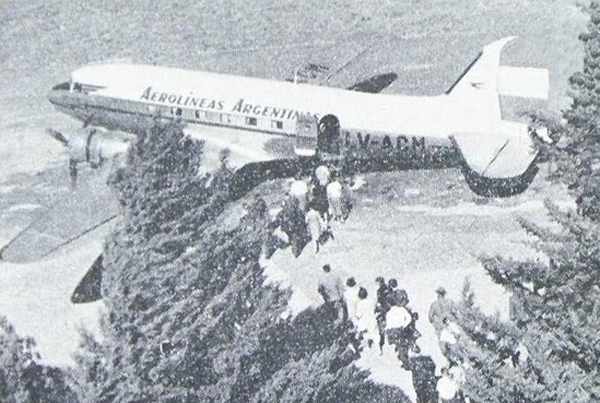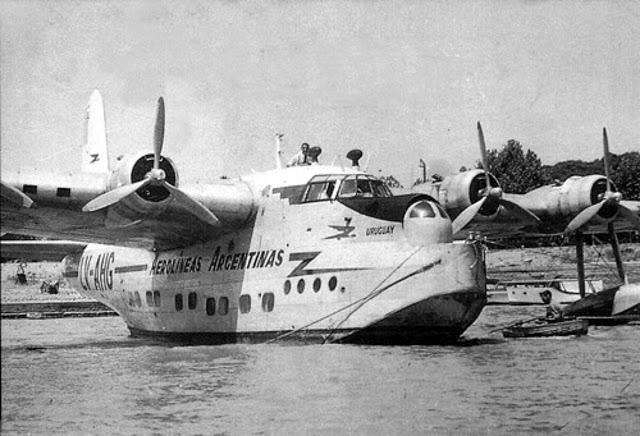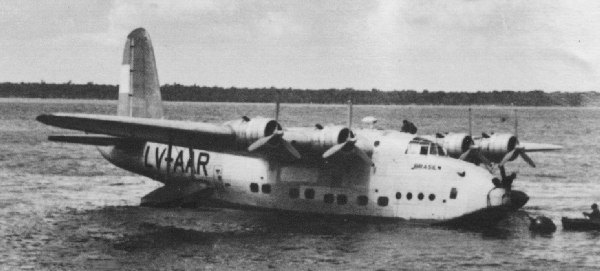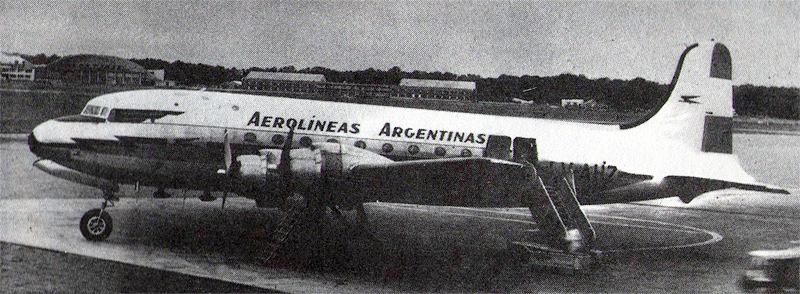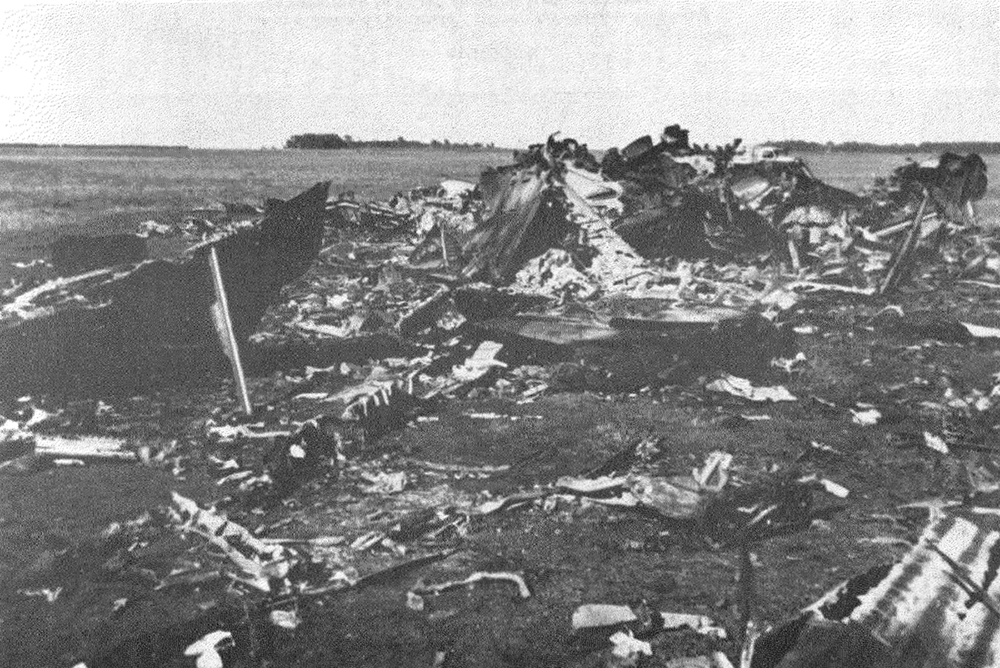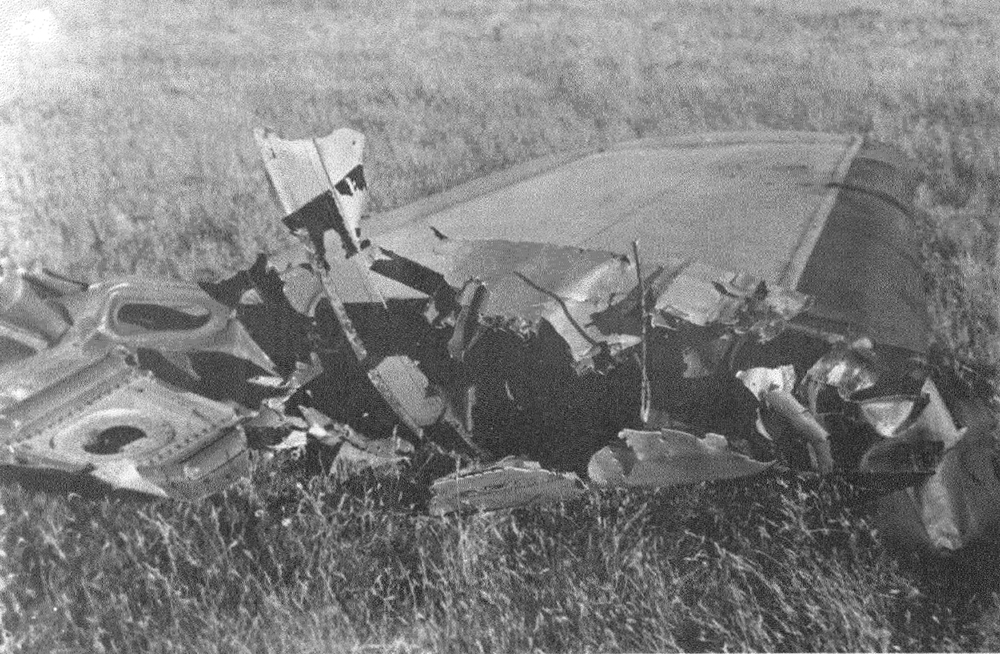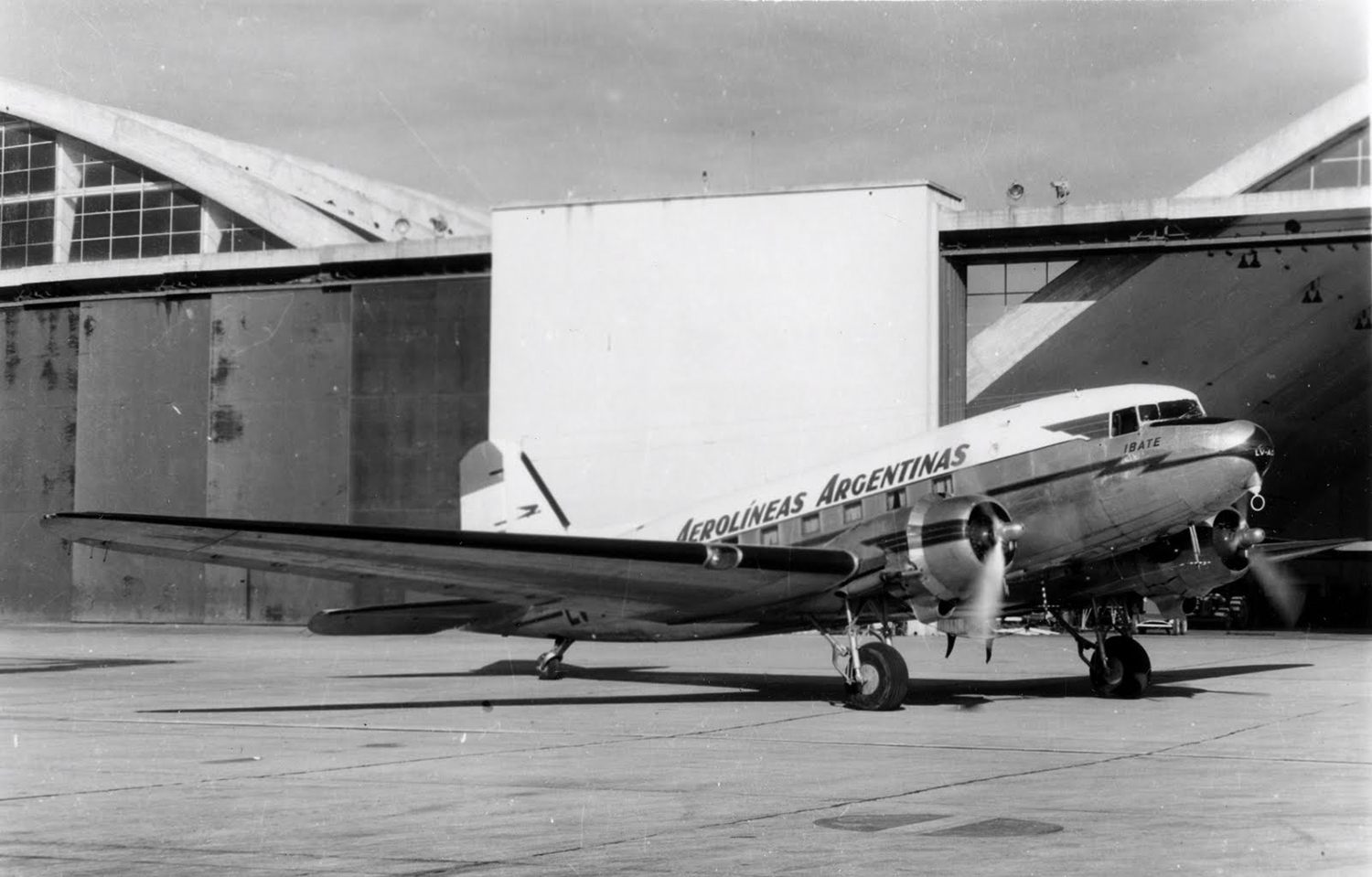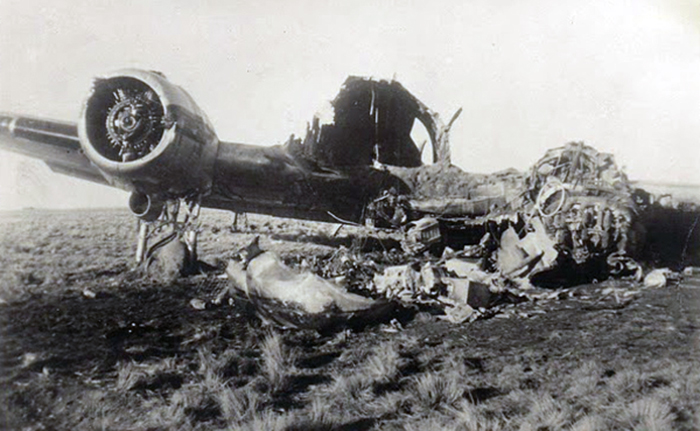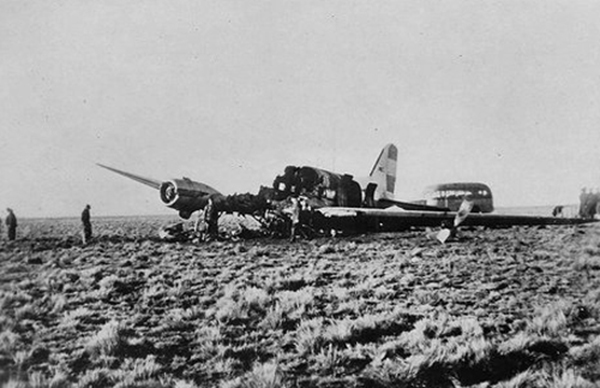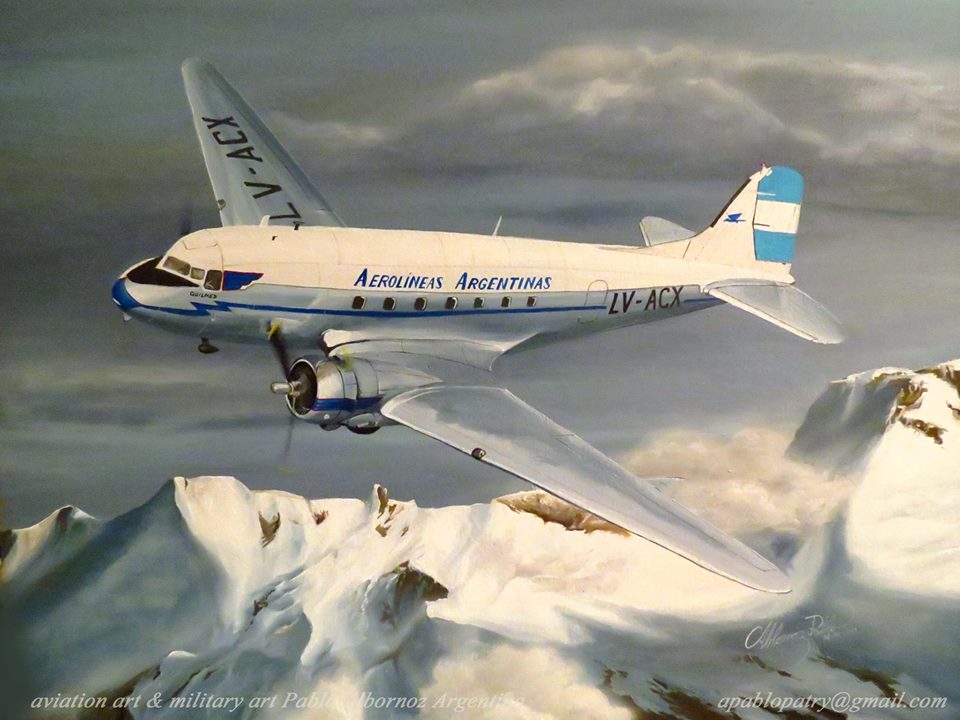Crash of a Douglas C-47A-30-DL in Santiago del Estero
Date & Time:
Jul 14, 1959
Registration:
LV-ACM
Survivors:
Yes
Schedule:
Buenos Aires – Córdoba
MSN:
9490
YOM:
1943
Crew on board:
3
Crew fatalities:
Pax on board:
7
Pax fatalities:
Other fatalities:
Total fatalities:
0
Circumstances:
Due to weather deterioration at Córdoba and poor visibility due to fog, the crew was diverted to Santiago del Estero. En route, the pilot informed ATC that he was low of fuel and was forced to attempt an emergency landing. The aircraft crash landed in a field and came to rest. All ten occupants escaped uninjured.
Probable cause:
Emergency landing at alternative aerodrome when flying time was exhausted with undercarriage up, in CGO conditions due to unusual fog build-up.
